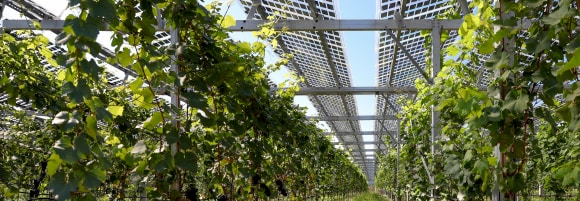
Climate and nature are so intertwined that impacts on one affect the other. This dynamic is evident worldwide. The energy transition is crucial for meeting our climate goals and protecting nature. From 2019 to 2023, deploying key clean energy technologies helped us avoid around 2.2 billion tons of emissions annually, nearly equal to the combined emissions of Japan, South Korea and Germany. The anticipated growth in these technologies is critical to addressing our emissions budget challenge.
However, the scale of growth in clean technologies could negatively impact nature. This paper explains why we must remove our carbon blinkers when planning and executing for the energy transition and offers practical steps to achieve this balance.
Ignoring natural capital has investment risk implications for investors. The impacts and dependencies linked to nature are complex, location-specific, and are not easily substituted, even within the same company. While investors recognize the existential threat posed by natural capital degradation, they lack a roadmap for systematically factoring these risks into investment decisions.
The report is intended to serve as a useful tool for anyone in the investment value to chain wanting to incorporate natural capital and biodiversity considerations into their investment decisions and engagement efforts.
The findings and guidance are relevant for both public and private markets. They should help both asset owners and individual companies build metrics on these important issues.
Climate and nature are inextricably linked: so we knew it was critical to create a report that reflected this fact. We wanted the output be practical and useful, while also helping to harmonize sustainability efforts by reducing siloed thinking.
Key takeaways:
As we seek to build a more sustainable and resilient energy system, integrating nature into the climate transition can help to minimize any unintended negative impacts that would worsen the very crisis we are hoping to solve.
The impact on nature from new energy technologies can come from the need for more land for solar and wind farms and to grow feedstock for bioenergy, the need for extensive mining of critical minerals and other materials to enable the transition, and the challenge of managing waste as equipment comes to the end of its useful life.
The report finds that improving land management practices, increasing use of lifecycle analysis to fully understand impacts, as well as embedding circularity as a design principle to expand recycling and repair, are key solutions to managing nature-related impacts.
We see the report as a practitioner's guide to embedding nature and biodiversity into the energy transition.

